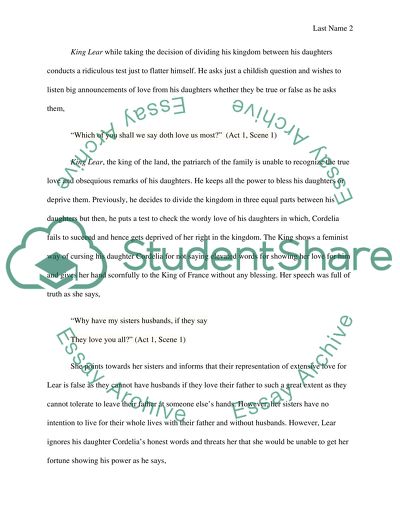Cite this document
(“Consider the depiction of masculinity in King Lear and Richard II Essay”, n.d.)
Retrieved from https://studentshare.org/literature/1466520-consider-the-depiction-of-masculinity-in-king-lear
Retrieved from https://studentshare.org/literature/1466520-consider-the-depiction-of-masculinity-in-king-lear
(Consider the Depiction of Masculinity in King Lear and Richard II Essay)
https://studentshare.org/literature/1466520-consider-the-depiction-of-masculinity-in-king-lear.
https://studentshare.org/literature/1466520-consider-the-depiction-of-masculinity-in-king-lear.
“Consider the Depiction of Masculinity in King Lear and Richard II Essay”, n.d. https://studentshare.org/literature/1466520-consider-the-depiction-of-masculinity-in-king-lear.


